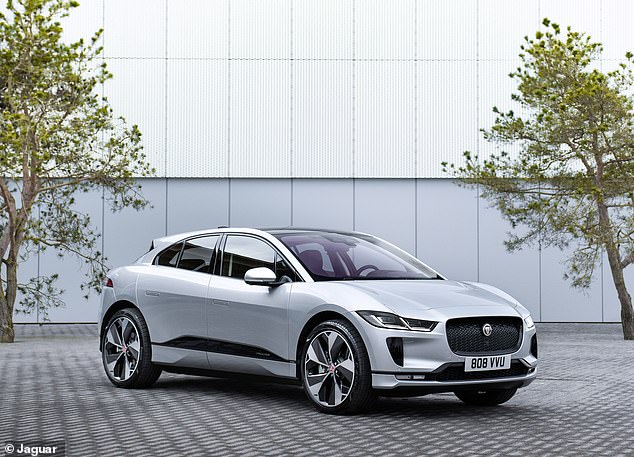If you want a new Jaguar in 2024, you’ll soon only have one model to choose from.
That’s because the British brand, now owned by Indian group Tata, is phasing out almost its entire existing production car lineup ahead of its 2025 transition to all-electric vehicles, with many of its well-known names set to be axed.
The Coventry-based manufacturer has announced it will axe five models in total, with only one combustion-engined car surviving from Jaguar’s current portfolio.
The brand has admitted that the models that will soon be discontinued offer “close to zero profitability.”
I-Pace axed: Jaguar announced that its only existing electric vehicle is among five models to be axed this year, ahead of the brand restructuring as an electric-only luxury brand. In total, more than 60,000 Jaguar I-Pace models have been sold worldwide
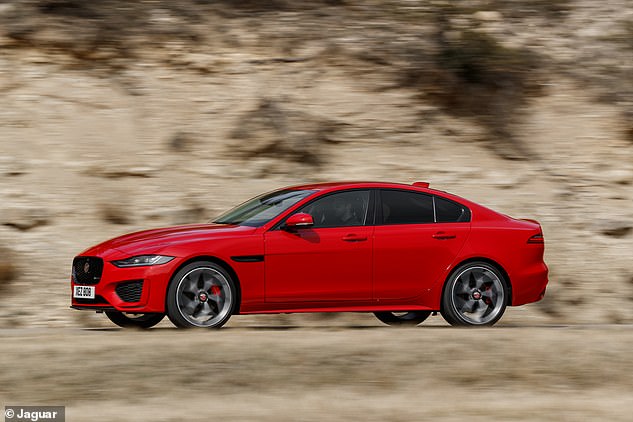
The XE sedan is another model being phased out, as it will be discontinued later this year.
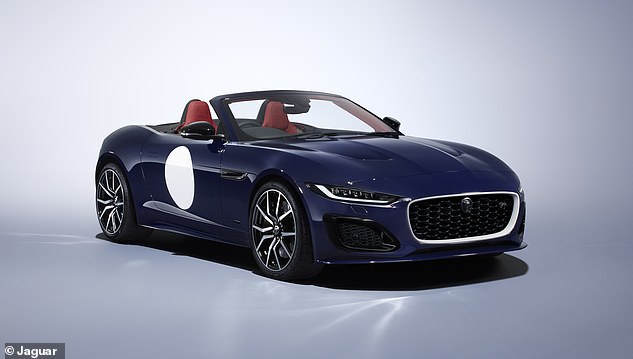
Last year it was announced that the F-Type sports car was to be phased out.
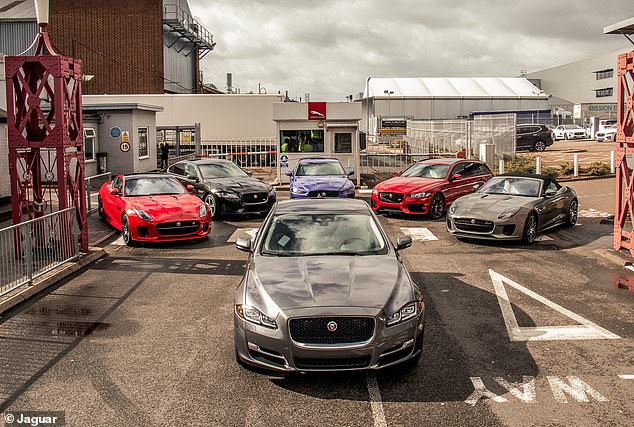
The carmaker’s Castle Bromwich factory (pictured) will stop producing the XE and XF sedans and the F-Type sports car this year.
The five models that parent company JLR (formerly Jaguar Land Rover) will sell are the F-Type sports car, the E-Pace compact SUV, the XE mid-size saloon, the XF premium saloon and the I-Pace electric SUV.
The only model remaining in production is the F-Pace, Jaguar’s answer to a full-size luxury SUV.
JLR had already announced in March that it would stop building sedans and sports cars at its UK manufacturing plants.
However, The E-Pace and I-Pace are unexpected additions to the list of scrapped models that was revealed during an investor meeting last month.
Both vehicles are produced by JLR’s production partner Magna Steyr at its factory in Graz, Austria.
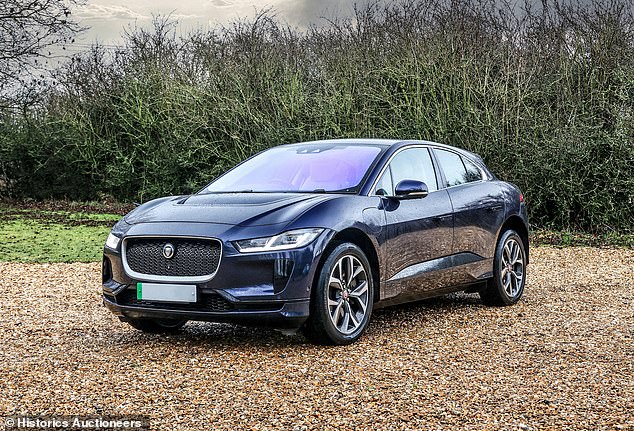
King Charles III’s former Jaguar I-Pace. Always a champion of environmental causes and a well-known car enthusiast, King Charles personally purchased this electric car from Jaguar in 2018. This made it the royal family’s first fully electric car.
The I-Pace has been JLR’s sole electric vehicle since 2018 and gained recognition for being one of the first mass-produced luxury electric SUVs on the market.
Even King Charles was a fan, personally purchasing a top-of-the-range Jaguar I-Pace EV400 HSE, finished in “Loire Blue” – the royal household’s first fully electric car.
But the British brand is focusing its efforts on pushing forward a new generation of electric vehicles as part of its ambitious bid to become an “all-electric luxury brand” to rival Tesla from next year.
The Tata Motors-owned brand plans to launch three new all-electric models, all of which will be built on a Jaguar Electrified Architecture (JEA) platform.
The first next-generation electric vehicle is scheduled to be unveiled next year, and a concept car will debut in the United States this year.
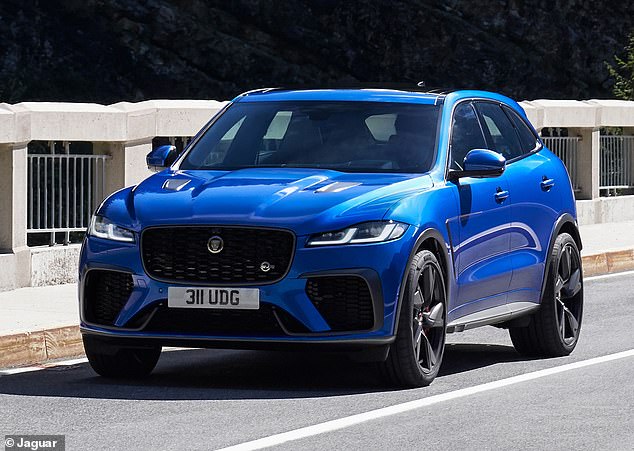
The Jaguar F-Pace is the only SUV and current Jaguar model that is not being ruled out
In addition to an electric repositioning, Jaguar will use its axe on some models to boost both sales and the selling price of its vehicles.
According Automotive news in EuropeChief executive Adrian Mardell told investors on June 19: ‘We are eliminating five products, all of lower value.
“None of these are vehicles we make money on, so we’re replacing them with new vehicles with newly designed architectures.”
Mardell said that by eliminating the five models, JLR will increase the average selling price of its products.
JLR already has an average retail price for its models of £70,000.
JLR’s recent financial success has come from its three highly profitable big-name models: the Range Rover, the Range Rover Sport and the Land Rover Defender.
These three models accounted for 59 percent of the brand’s global retail sales of 111,180 units during the three months to the end of June.
In total, the three luxury vehicles contributed 85 percent of JLR’s “value,” Mardell said.
He said Jaguar “is going to lose products, but they are not the rich ones.”
Jaguar sold just 15,324 cars between April and June, compared with Land Rover’s 95,856.
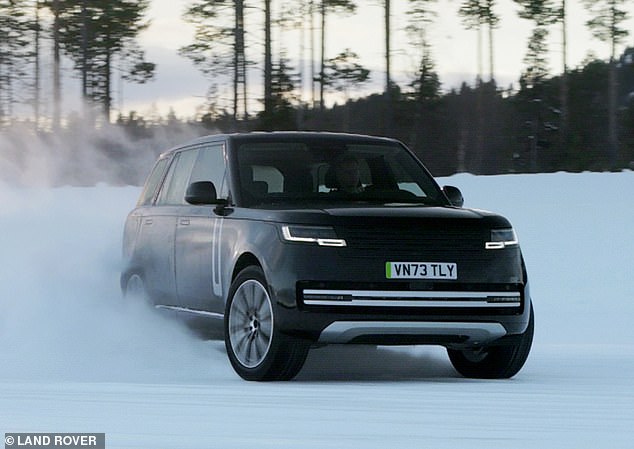
JLR has already released images of its new electric Range Rover, which will be presented shortly
Jaguar’s three new electric models will be joined by a trio of electric Land Rover products.
The first Land Rover EV will be the long-awaited all-electric version of the Range Rover.
The Range Rover EV is expected to cost at least £130,000 and rise to £200,000 for top-of-the-range versions.
Automotive News Europe also reports that JLR has told investors it is looking to boost sales of high-value special edition models by more than £1.5m in a new “halo strategy” push.
A JLR spokesperson told This is Money in March: ‘As JLR transitions towards its electric future, current Jaguar production at our Castle Bromwich plant will come to an end in June 2024.
‘Jaguar will begin an exciting new era as a modern, all-electric luxury brand with production commencing at our Solihull facility from 2025.’
Some links in this article may be affiliate links. If you click on them we may earn a small commission. This helps us fund This Is Money and keep it free to use. We do not write articles to promote products. We do not allow any commercial relationships to affect our editorial independence.

